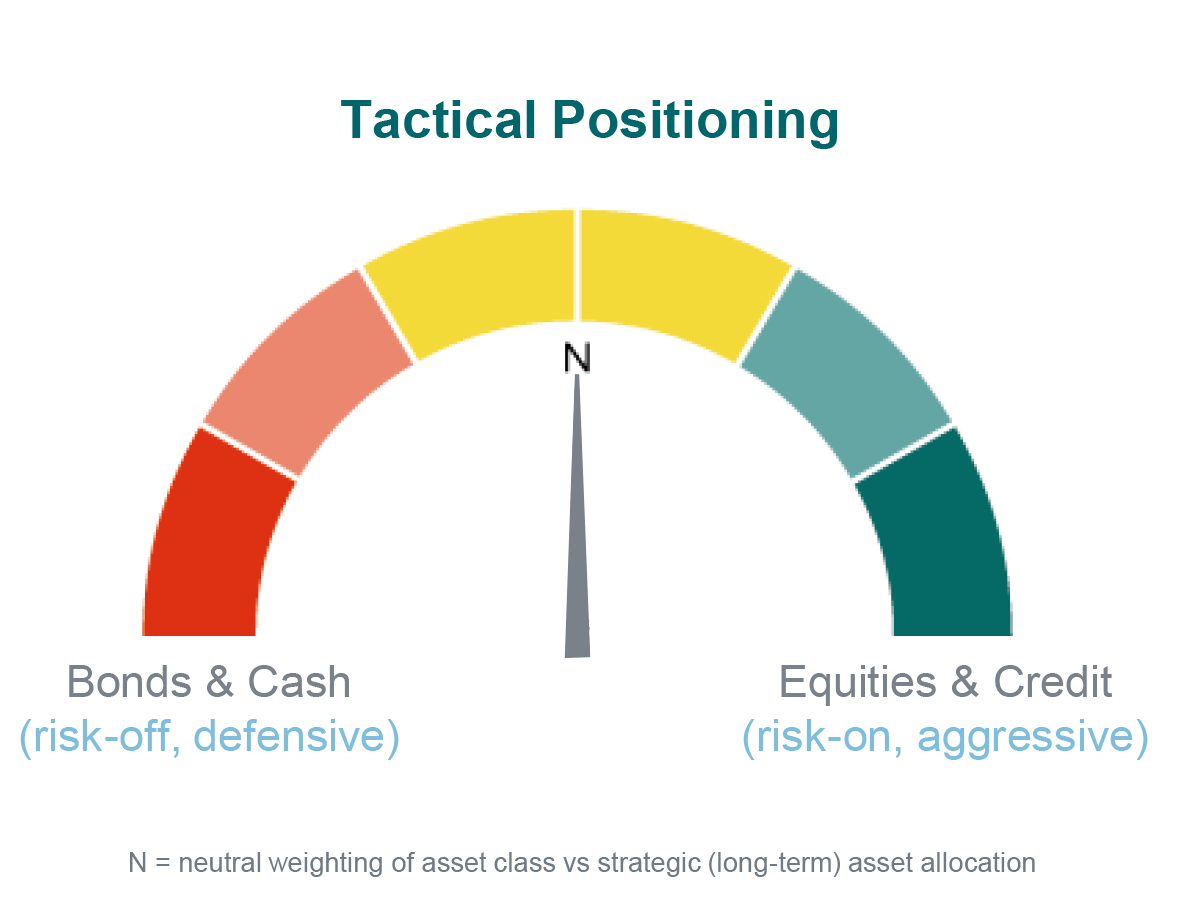The Fed in a wait-and-see mode before cutting interest rates
Given the recent upside surprises in inflation, the market was somewhat relieved that the US Federal Reserve (Fed) Chair Powell made clear that the central bank is not considering raising rates. Powell only confirmed what we, and many others, had suspected: interest rate cuts are not that imminent anymore. Last week’s disappointing and slowing services activity data in the US came after a good period of growth. One data point doesn’t make a trend, but the moderation in US economic growth, which is our base case, should warrant some rate cuts later this year. However, we believe it will take several inflation and labour market reports pointing to inflation moderation and a less ‘hot’ labour market for the Fed to start cutting rates. We haven’t had the former just yet, but got tentative signs of the latter, with the latest labour market data showing some cooling off. In the meantime, the other good news is that the Fed will slow down the reduction of assets it holds on its balance sheet (the so-called quantitative tightening). This should alleviate some of the tensions recently seen in the bond market as private-sector investors will have to absorb fewer Treasury bonds than before, perhaps allowing them to deploy their balance sheets into riskier assets such as equities. As the rise in US Treasury yields starts to look capped, this could extend to other developed bond markets.
A positive growth-inflation mix in the Eurozone
The Eurozone economy showed modest signs of recovery in the first quarter of 2024, as the economy grew 0.3% compared to the last quarter of 2023. This was above expectations and the fastest rate since the third quarter of 2022. As we had expected (recession, then gradual recovery), the bloc is now out of the mild recession it experienced in the second part of last year. Southern countries such as Italy and Spain, and Ireland, outperformed again, but France and Germany recovered too. April’s purchasing managers’ indices and other consumer, business and investor surveys have all improved, marking a good start to the second quarter for the Eurozone. Inflation, meanwhile, continues to soften. We expect the European Central Bank (ECB) to start cutting interest rates in June, before the Fed. ECB rate cuts should improve investment and credit growth and prove to be an additional tailwind for European equities, which have risen 5-7% so far in 2024. That said, before considering an increase in exposure, investors will likely look for further confirmation that economic and earnings growth is more durably on a solid footing and that geopolitical risks, for the time being, remain moderate. The story is the same in the UK, with the FTSE 100 closing at record highs again last week. This week, the Bank of England reconvenes (Thursday) and, while we expect it to keep rates unchanged, it’s likely to follow the ECB with a first rate cut during the summer. The day before, in Sweden, the central bank might consider lowering interest rates, too, though this remains an open debate in the market, with some forecasters expecting a cut and some unchanged rates for a while longer.
Good economic conditions are good for equities
Growth is good for risky assets, so good economic news should be good news for markets. This wasn’t the case in 2022-23 because inflation was much higher than it is today, and so central banks were hiking interest rates. The disinflation trend, though bumpy, is still in progress. Lower interest rates are still the baseline scenario over the next 6-12 months. However, the cutting cycle has been delayed in parts of the world and could be shallower than initially thought. This is why we’ve seen equities posting solid returns so far in 2024 despite the reduction in interest rate cut expectations. April was somewhat challenging for equities. Moderate inflation fears resurfaced alongside some short-lived geopolitical tensions, but a strong earnings season (c.80% of US companies did beat analysts’ forecasts) helped equities stage a rebound since late April.










